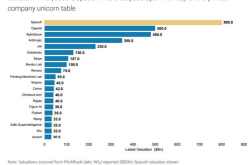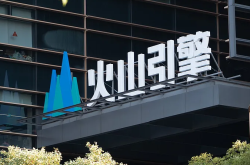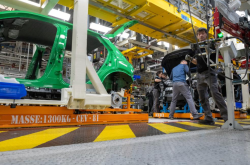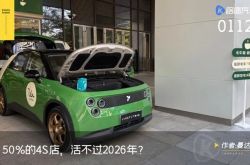Large Models Revolutionize Vehicles: "Understanding" the Physical World is Crucial
![]() 07/29 2025
07/29 2025
![]() 697
697
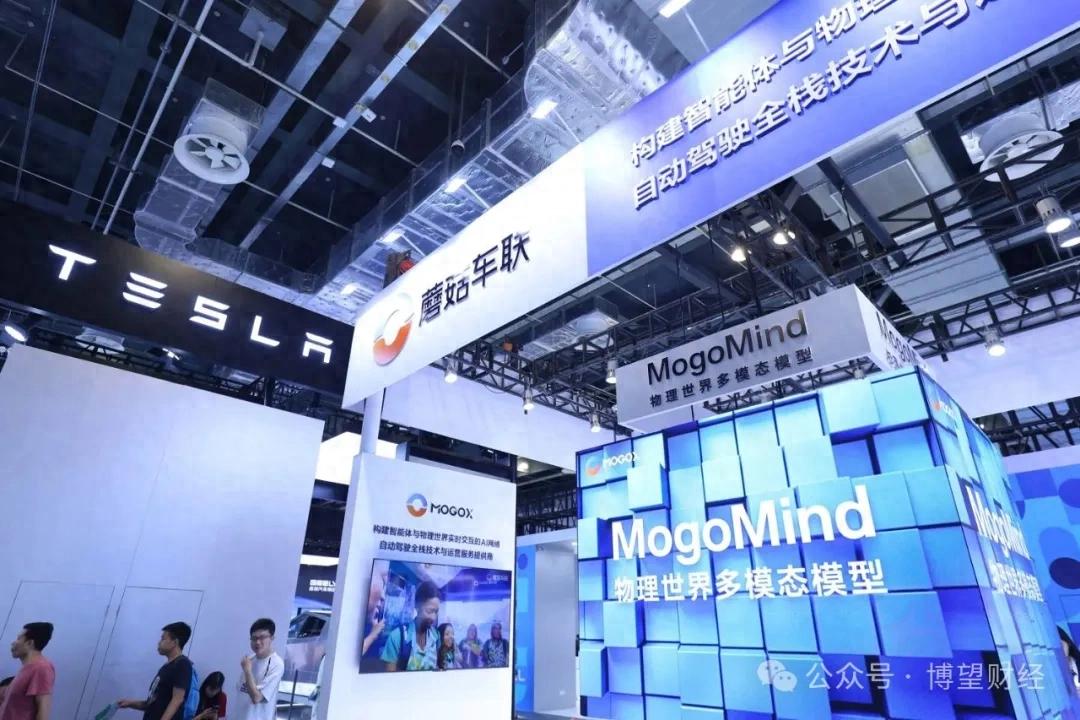
Written by: Shixian
Source: Bowang Finance
As a pivotal entry point into the intelligent world, AI+terminals are propelling the reformation of forms, interaction innovations, and ecological transformations in areas such as smart vehicles.
In 2025, domestic AI large models are rapidly being adopted in vehicles. Applying large models to intelligent driving has become an industry norm. Especially as the end-to-end model gradually emerges as the mainstream in intelligent driving, the technology path and cost structure have been overhauled, ushering intelligent driving into a new era.
However, most enterprises in the industry still grapple with two significant bottlenecks in the application of large models: the lack of real-time perception of the physical world and the absence of a global AI cognitive system.
The reason is that traditional large language models (LLM) can only process static text, unable to handle multimodal information flows and real-time data from the physical world, let alone predict the real world through internet data. Furthermore, most current AI systems represent individual intelligence, incapable of globally optimizing the efficiency of the entire urban transportation system.
Nevertheless, emerging players in China's intelligent driving field are equipping large models with AI global perception, deep cognition, and real-time reasoning and decision-making capabilities through their profound understanding of the physical world, redefining the boundaries of autonomous driving.
01
Large Models Propel Autonomous Driving from "Virtual" to "Real"
On July 26, the World Artificial Intelligence Conference (WAIC), the largest, most professional, and most influential event in the global AI field, officially commenced. With the theme "Intelligent Era, Working Together for a Better World," this year's conference focuses on embodied intelligence and cutting-edge autonomous driving fields, showcasing the profound restructuring of basic capabilities across industries by the new generation of general AI technologies represented by large models.
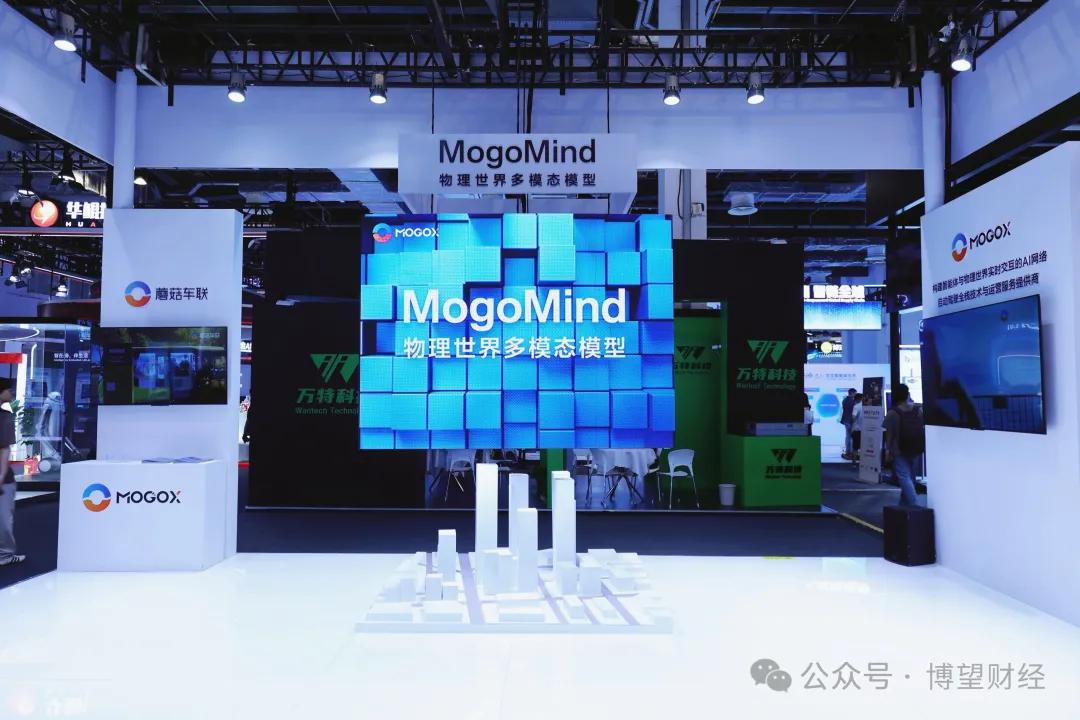
As a quintessential scenario of "AI+transportation," autonomous driving is reaching a crucial turning point in technological shifts and large-scale deployment. From limited vision to global insight, vehicles' comprehensive perception of the physical world stems from the "sharp eyes" endowed by the perception AI large model.
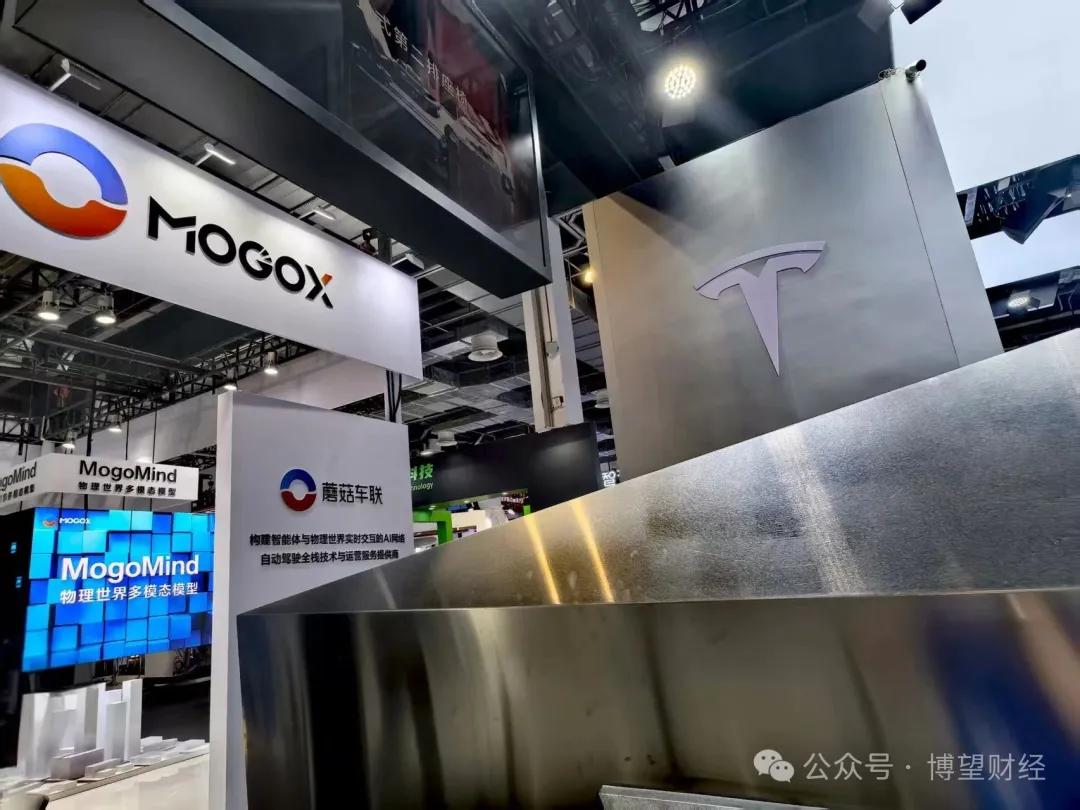
In the H2 exhibition area, where AI enterprises converge, MOGOX, a Chinese AI unicorn, debuted alongside Tesla. During WAIC, MOGOX officially unveiled its first physical world cognitive model—the MogoMind large model, becoming one of the most noteworthy AI technology applications at the conference.
Recently, Jen-Hsun Huang, founder and CEO of NVIDIA, publicly stated that the current wave of artificial intelligence has evolved from perception AI and generative AI to reasoning AI, and that physical AI will dominate the next wave, becoming the key area of the future. "This means that all AI capabilities can be integrated into our physical world—AI needs to understand basic physical concepts such as friction, inertia, and causality to collaborate with humans in addressing real-world challenges." Not long ago, a timeline presented by Sam Altman, founder of OpenAI, indicated that by 2027, AI will enter the physical world to create value.
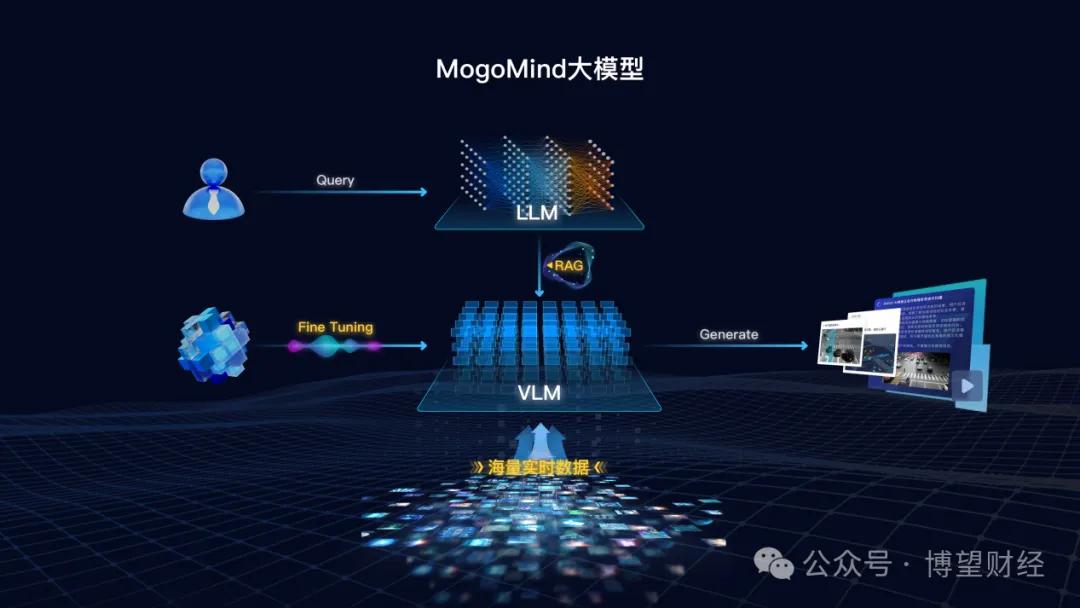
Adapting to the latest physical AI wave, MOGOX's MogoMind, positioned as a search engine for the physical world, is the first AI large model with a deep understanding of the physical world. It seamlessly integrates dynamic real-time data from the physical world and possesses capabilities for global perception, deep cognition, and real-time reasoning and decision-making. MogoMind supports key applications such as real-time digital twins and roadside data integration into vehicles, providing services for deep understanding and planning decisions on real-time information in the physical world for multiple types of agents, becoming the "AI digital foundation" for efficient urban and transportation operations, the key to understanding the real world, and a super entry to the real world.
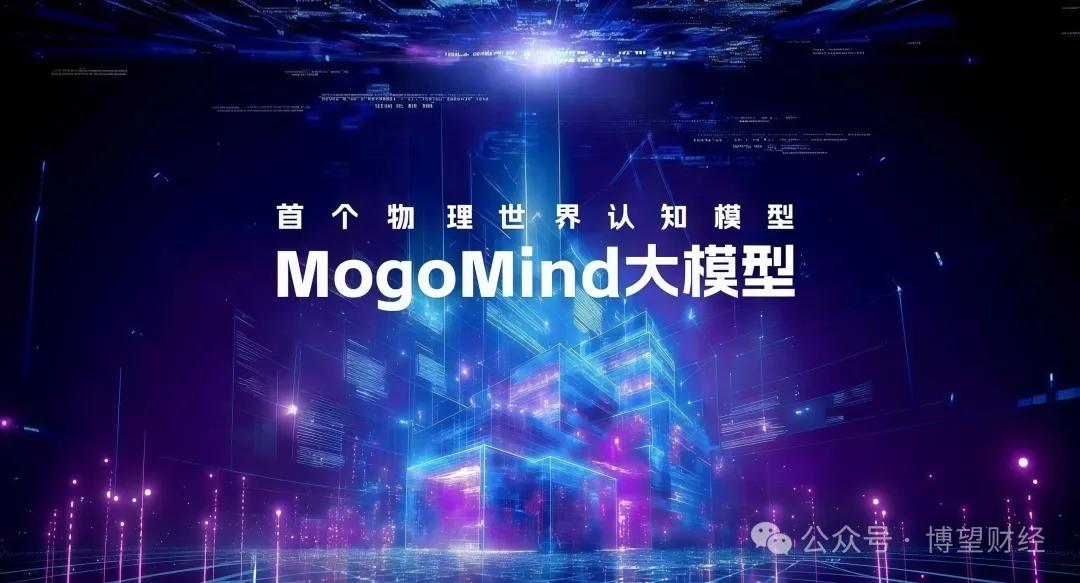
Among the general large models developed by technology enterprises and the industry-specific large models developed by automotive enterprises, MogoMind has achieved industry leadership with its excellent model performance and outstanding application effects, demonstrating strong technical advantages and implementation capabilities.
Test data reveals that MogoMind's perception accuracy and cognitive accuracy both exceed 90%, with multimodal reasoning accuracy exceeding 88% and comprehensive accuracy in long-tail scenario processing reaching 85%. It can deduce over 800 traffic scenarios, effectively alleviate about 30% of traffic congestion, and improve traffic management efficiency by approximately 35%.
By deeply integrating real-time and massive multimodal traffic data, MogoMind can extract meaning from complex data in the physical world, learn rules from experience, and make flexible decisions in different scenarios, forming capabilities for global perception, deep cognition, and real-time reasoning and decision-making in the traffic environment. It can provide real-time digital twins and deep understanding services for multiple types of agents, transitioning urban transportation from "single-point intelligence" to "global intelligence".
02
MogoMind Ushers in an "Undelayed" Era for Urban Transportation
The ultimate battleground for AI is not in virtual space but on bustling streets and flowing cities—MogoMind enables AI to transition from "armchair strategizing" to "field operations." Addressing the two major practical pain points of real-time and global nature in the practical implementation of models in vehicles, MogoMind provides an innovative solution for seamless integration of AI with real-world scenarios.
Through real-time "no-dead-angle" coverage of every road and corner in the city, MogoMind can comprehensively and highly accurately collect various traffic data and perform preliminary processing at the data source, significantly reducing data transmission and analysis time.
Based on the aforementioned omnidirectional and three-dimensional physical world perception network, MogoMind constructs a real-time perception system with multi-source fusion.
Whether it's traffic flow regulation at the macro level or single intersection optimization at the micro level; whether it's real-time global perception of traffic data flows or real-time early warning reminders of road risks, MogoMind can break data silos and regional restrictions, make scientific decisions based on global data swiftly, enabling traffic managers to accurately grasp the overall operation of the entire urban transportation system in real time and avoid slow emergency responses caused by perception lag.
When confronted with tidal traffic phenomena, temporary traffic control, and various traffic incidents, MogoMind can conduct analysis and prediction from a global perspective, providing crucial support for scientific decision-making by managers.
For instance, when the city hosts large-scale events, MogoMind can integrate traffic data around the event venue and throughout the city in advance to predict changes in people and vehicle flows, not only optimizing traffic organization in the event area but also synchronously adjusting signal timing and bus route planning throughout the city to achieve dynamic allocation of traffic resources globally.
When a traffic incident occurs on the road, MogoMind can achieve real-time perception of traffic incidents beyond visual range within seconds, quickly calculate the affected road segment range, plan the optimal route in real time, and push early warning information to surrounding vehicles and traffic management departments, minimizing congestion and subsequent risks caused by the incident, truly achieving "centimeter-level perception and millisecond-level response".
Based on real-time dynamic data, MogoMind deeply fuses and correlates dispersed traffic data information to form a global cognition model covering elements such as traffic flow, road facilities, and travel demand.
This endows MogoMind with six key capabilities: real-time global perception of traffic data flows, real-time cognition and understanding of physical information, real-time reasoning and calculation of traffic capacity, real-time autonomous planning of optimal routes, real-time digital twins of traffic environments, and real-time early warning reminders of road risks.
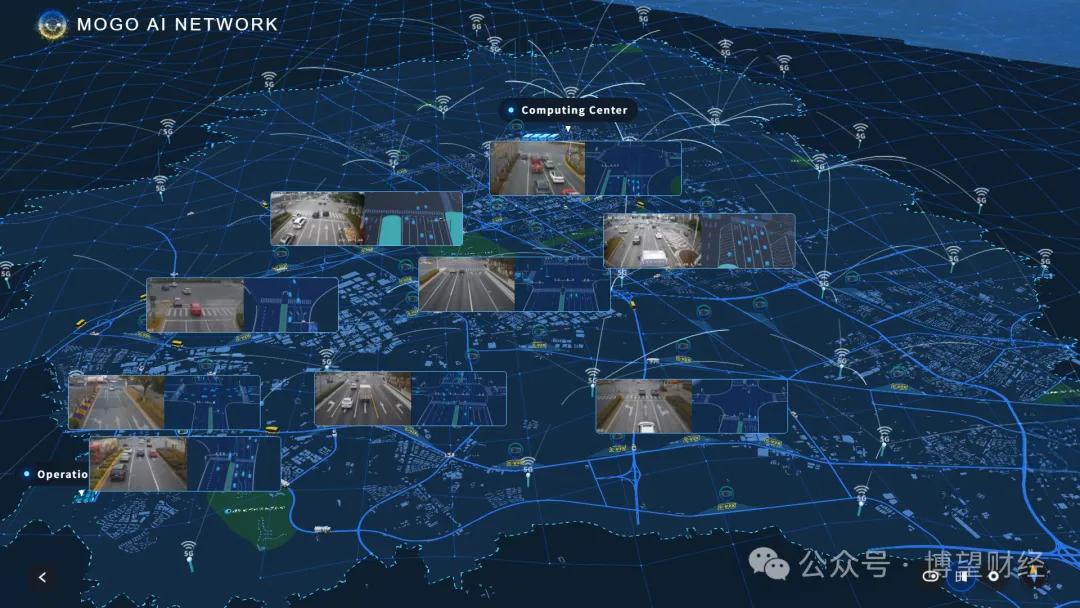
For example, MogoMind has previously been deployed in Tongxiang, Zhejiang, where it collaborated deeply with the local government to build and officially put into operation the first holographic real-time digital twin intersection, realizing the application of roadside data integration into vehicles. This intersection is located at the intersection of Wuzhen Avenue and Second Ring North Road, with heavy traffic flow and a mix of multiple vehicle types and pedestrians. By deploying the "sensing-communication-computing" AI digital road base station (MOGO AI Station) and roadside system (MRS), MOGOX achieves all-weather, uninterrupted, and no-dead-angle acquisition of dynamic information from all traffic participants within a 300-meter radius of the intersection, constructing a real-time digital twin system in real time.
03
Leading the Co-evolution of Smart Transportation with an Open Platform
An advanced transportation system is not about showcasing single-point technology or simply stacking equipment but about global co-evolution, benefiting every participant.
MogoMind boasts strong compatibility and scalability. As an open AI large model for the physical world, MogoMind can seamlessly connect to traffic equipment and systems from different manufacturers and of various types, including road sensors, in-vehicle terminals, traffic management software, etc., achieving unified management and collaborative processing of multi-source data. Meanwhile, MogoMind offers multiple access schemes to facilitate automotive enterprises to access platform data for function adaptation and application development.
In addition to automotive enterprises, government departments and traffic management departments can also find suitable application scenarios for their needs on MogoMind, realizing resource sharing, complementary advantages, and promoting the integrated development of AI and the transportation ecosystem.
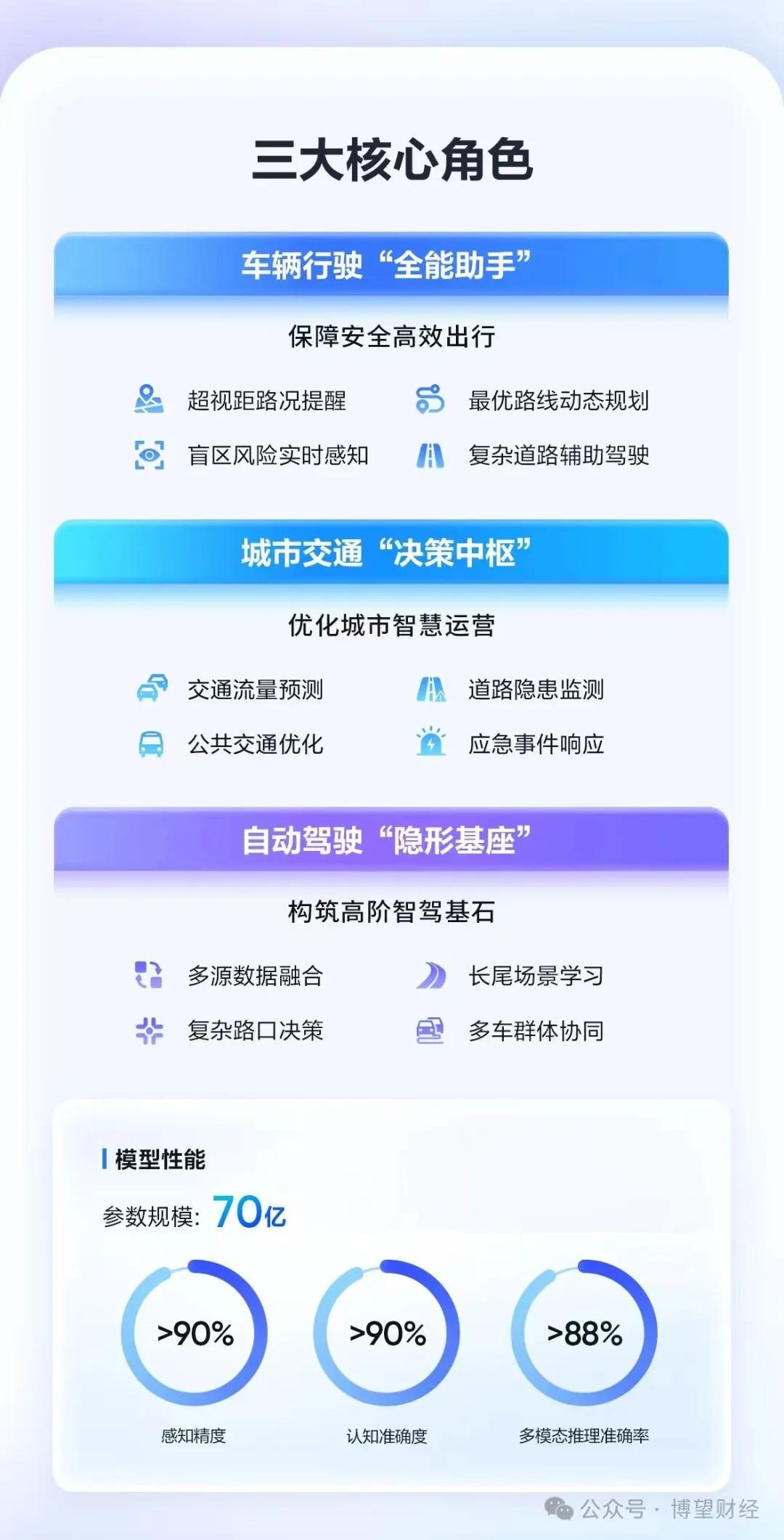
In travel service scenarios, MogoMind serves as the "AI all-around co-pilot" for vehicle operation, providing services for deep understanding and planning decisions on real-time information in the physical world, enhancing driving safety and travel efficiency through capabilities such as beyond-visual-range road condition reminders, dynamic planning of optimal routes, and real-time perception of blind spot risks. For instance, in long-distance driving, it informs drivers in advance of upcoming road condition changes.
In traffic management scenarios, MogoMind can function as the "decision-making hub" for urban transportation, assisting traffic managers in grasping the overall operation of urban transportation, making scientific decisions based on real-time dynamic data fusion analysis in areas such as macro traffic flow regulation, micro intersection optimization, and emergency response to incidents, and achieving overall collaborative optimization of urban traffic management. For example, during major events, it can reasonably allocate traffic resources to ensure smooth traffic flow.
In autonomous driving scenarios, MogoMind becomes the "invisible foundation" for advanced intelligent driving. Through multi-source data fusion and continuous learning in long-tail scenarios, it feeds back to autonomous driving model training, enhancing the safety and reliability of autonomous driving technology. It promotes the application of multiple L4 pre-installed mass-produced autonomous vehicles (RoboBus, RoboSweeper, and RoboTaxi) in various scenarios. Taking RoboBus as an example, equipped with the end-to-end "MogoAutoPilot + MogoMind" system, it has been successfully operated in 10 provinces nationwide, with a safe driving mileage exceeding 2 million kilometers and serving over 200,000 passengers.
In addition to Tongxiang, MOGOX's MogoMind large model has previously completed landing verification and field deployment in multiple cities such as Beijing, Shanghai, Shenyang, Changchun, Erdos, Nanjing, Wuxi, Wuhan, and Guangzhou, receiving high praise from local governments and the industry.
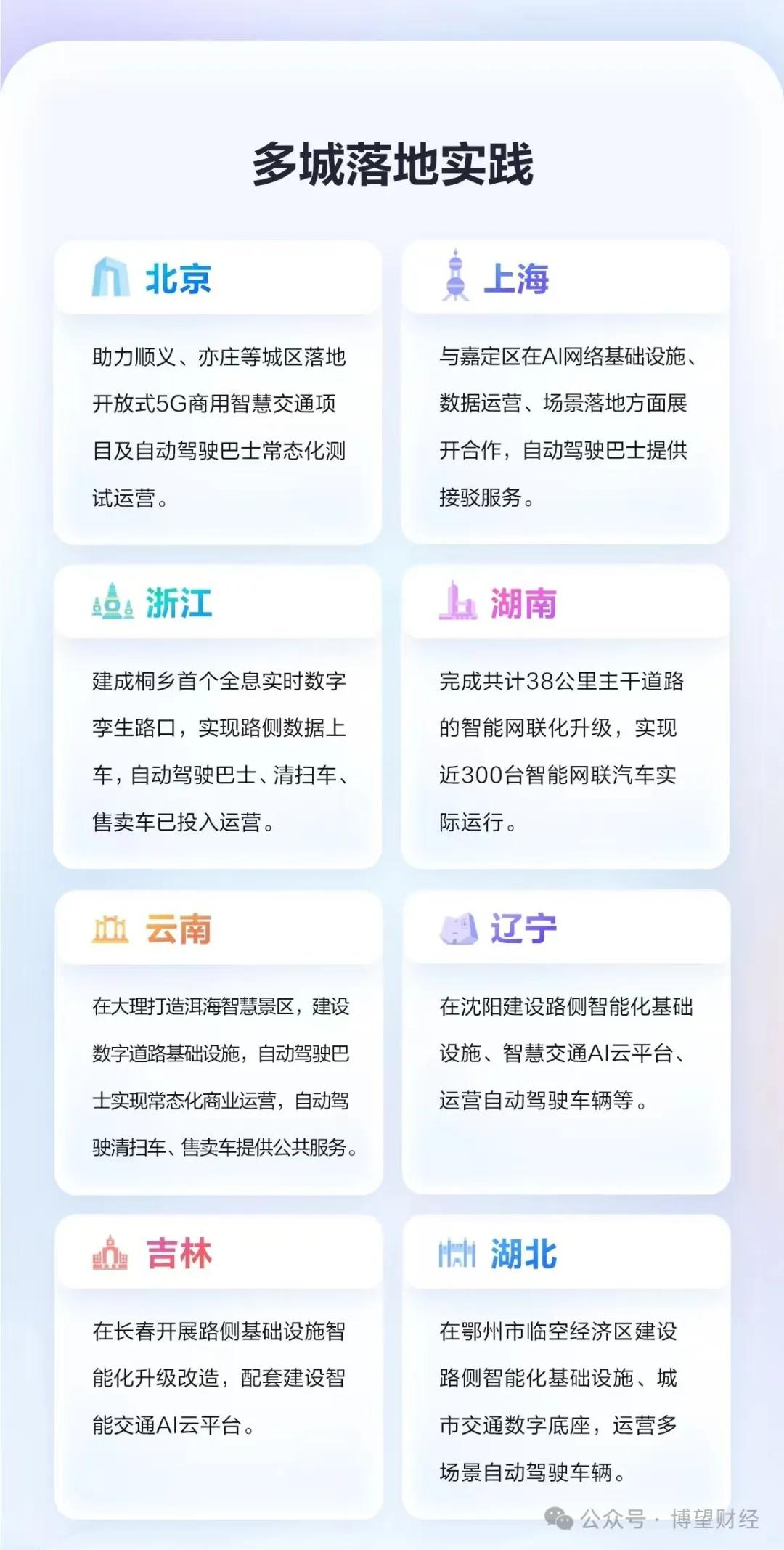
As AI technology accelerates its evolution, the AI brain is becoming the core engine driving the intelligent transformation of various industries, helping enterprises skip the large model development stage of reinventing the wheel, quickly diving into scenario-based applications, and building a new intelligent industry ecosystem deeply driven by the "algorithm-data-scenario" fusion. With the assistance of MogoMind, the future vision of urban transportation with "zero accidents and zero congestion" is also accelerating its realization.

